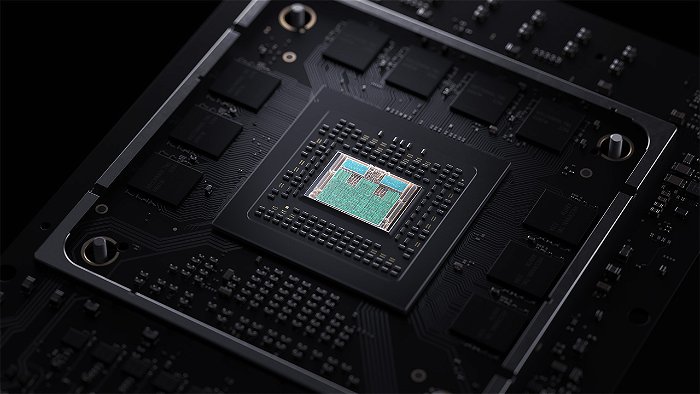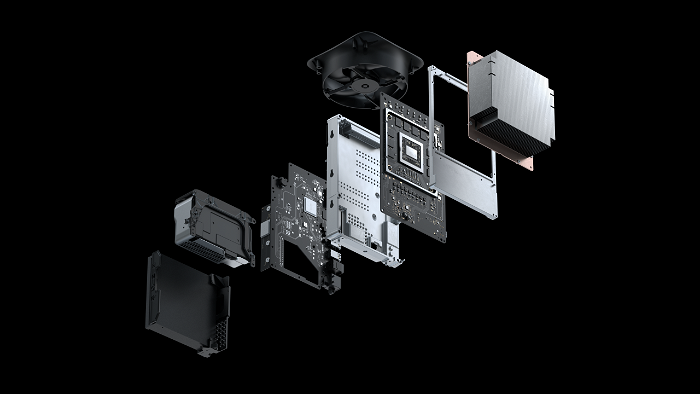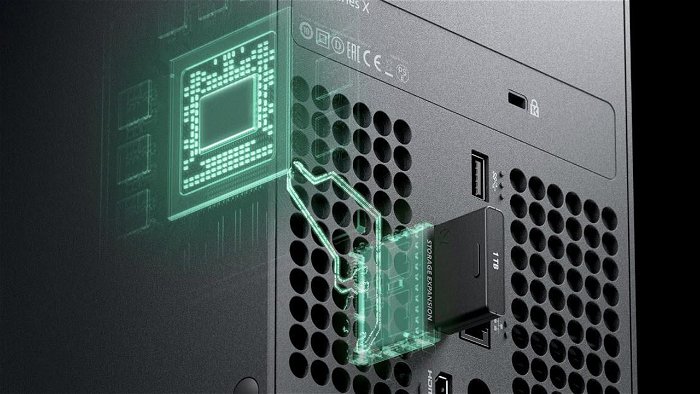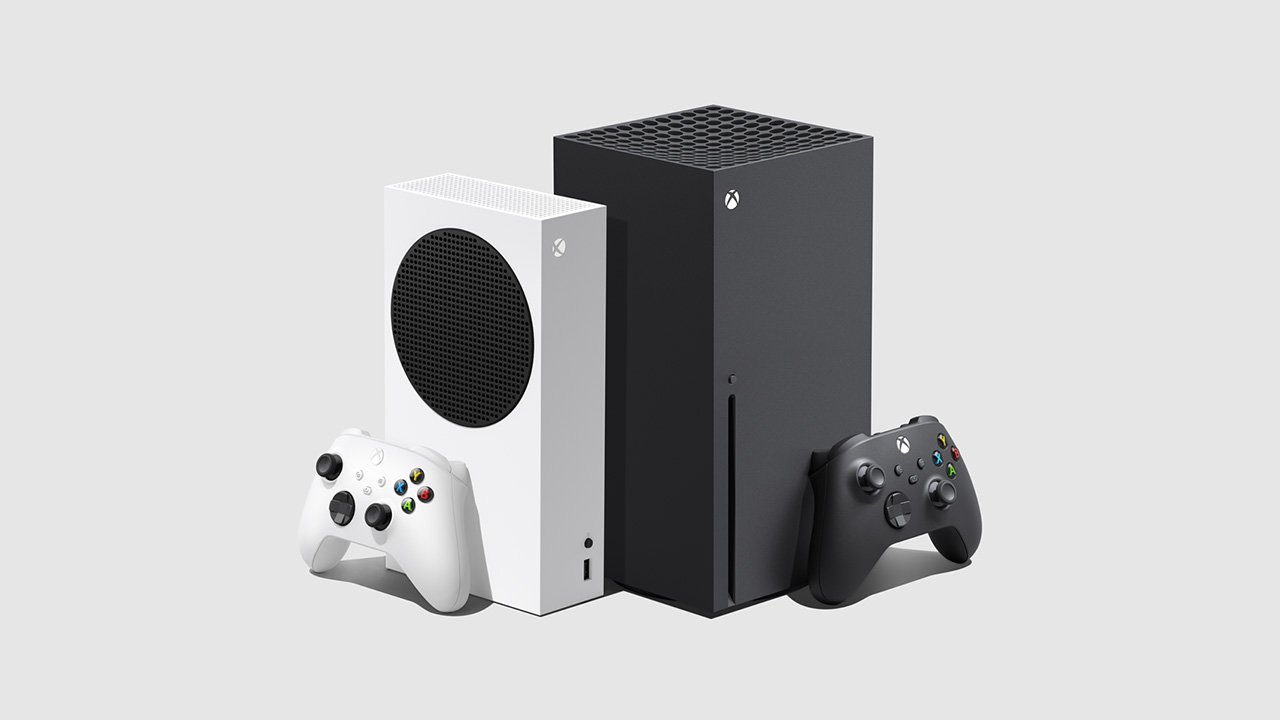The Xbox Series X is the most powerful console ever built—bringing with it technology that until recently sat on the bleeding edge of PC tech. Now in people’s hands around the world, the Xbox Series X is demonstrating how technology, and a massive library of games, across many generations, can be a winning combination for this console generation.
The Xbox Series X brings with it ray tracing, SSD’s and instant loading of games, along with compatibility with almost the entire Xbox library up to this point. From the technology under the hood, to the software library; Microsoft has built a console that provides options and potential for exciting development.
With this in mind CGMagazine took some time to chat with Partner Director of Program Management for the Xbox platform team, Jason Ronald. As the man that has played a key role in developing the Series X, he is the perfect candidate to discuss how this new console will change development, and bring power to experience games in a new way to players. From the choices on technology at the core of the console, to how it was all implemented, Ronald gives a deep dive into what makes the Xbox Series X such an exciting achievement in gaming.

CGMagazine: The first thing I wanted to touch on is: can you just go over, for people that might not know or might not have read our review or any other reviews, what makes the Xbox Series X such a leap forward for people that are looking to purchase one?
Jason Ronald: Yeah, it’s a great question. I mean, for us, when we think about the Xbox Series X, we really wanted to deliver transformative gaming experiences unlike anything you’ve ever been able to see before, and to deliver on that we basically built the most powerful Xbox console we’ve ever delivered, really delivering a massive leap in CPU performance and then in IO performance, as well as doubling the GPU performance from the last generation, but it’s beyond just the raw specifications themselves.
When we look at the massive leaps that we have in efficiency to be able to deliver performance well beyond just the raw 12 teraflops of power, and then you also have true transformative next gen technologies, such as hardware ray tracing, or the Xbox velocity architecture. And really what we wanted to do from our side is we really wanted to eliminate all the technical barriers that were kind of constraining the best game developers around the world, their creative visions and their ambitions for the titles they are building.
So, we really view it as kind of the foundation for the next seven to 10 years of game development. And we’re just starting to see that with the titles here in the launch window, and we’re really excited by where we see games going over the next seven to 10 years.

CGMagazine: I want to quickly touch on that IO and the fact of the Xbox is offering a new generation of storage that has not been really seen on consoles before. Can you explain to people that might just be PC gamers or might be just previous generation console gamers, what does this new storage allow and how is it so much different than what’s already on the market and NVMe drives, etc?
Jason Ronald: Yeah, great question. For us, developer feedback really helped influence the design of these systems and shaped how we looked at this generation. And as we were talking to developers, we had really reached the upper bounds of what was possible with the traditional hard drive technology. So, we as system designers really went back and really looked at how we can revolutionize or reinvent the IO pipeline.
And the foundation of that is our custom NVME SSD which delivers 40 times the performance of the hard drive in an Xbox one X. But that’s really just the foundation, we built on top of that with things like hardware accelerated decompression, so that we can actually stream data off of the NVMe SSD and put the data into memory or provided to the processor with no bottlenecks because we have dedicated hardware to do that, so you don’t have to use CPU cycles for that.
We also added new capabilities such as direct storage, which is a brand-new storage API that allows developers to have much more fine grain control of how they use this next generation storage. Because if you think about it, the traditional file APIs were written more than 30 years ago, and if you think about all the advances that have happened to storage technology, as we looked at it, the kinds of workloads that you could put to an SSD is not that dissimilar from workloads that you’d put on a GPU.
So, we actually knew that we had to provide new APIs and new capabilities for developers. And then the technology that really kind of brings that all together is a technology that we call sampler feedback streaming. And this really enables us to be significantly more efficient on how we actually use the NVMe’s, the NVMe SSD, because it allows us to load just portions of texture to the GPU just in time when they need them.

From an effective performance throughput perspective, you’re really going to see about a two and a half times improvement on the IO bandwidth and the amount of available memory because developers don’t have to load entire assets into memory, and there’s entire classes of assets audio files that don’t have to be loaded in the memory because we have that lightning-fast IO bandwidth. So, when you package all four of those things together, that’s what we call the Xbox velocity architecture. And this is an area that we just expect to see a lot of innovation over the generation.
I think in the early days, you’re just going to see massive reductions in load times and just really about keeping the player immersed in the experience, but with this entire Xbox philosophy and architecture, we think we’re going to see new rendering techniques, we’re going to see new ways that developers actually build their games to really make sure that developers are really able to deliver those dynamic, diverse living worlds that we keep talking about.
CGMagazine: Even though we are still a ways away from all the new titles that are fully optimizing these games, what do you feel ray tracing in the Xbox specifically will allow for games and how do you see it changing how games are developed moving and developing for the Series X?
Jason Ronald: In many ways, raytracing has always been viewed as the Holy Grail of computer graphics. We know how the math works; we know how to really focus on driving that next level of realism. The challenge is the computation is just very expensive. So, now that we have hardware accelerated ray tracing, we’re really making it more of a viable technique in real time games. And like I mentioned before, Ray tracing can be used in a lot of different ways, the most obvious ones on the visual side are things like improved lighting, better shadows or dynamic shadows. So, as an environment changes, you always get realistic lighting effects. And then you also have reflections off of windows or mirrors or puddles.

And it’s just really about more accurately representing the real world as if you were in the real world in these play-spaces, but Ray tracing can also be used for things like spatial audio as well, where you can actually cast rays out from either the players ears or a sound source in the space, and we can accurately calculate how the sound waves actually reverberate through a space. And then, once again, that’s really about providing the sense of presence. And I think in the audio side; one, there’s definitely competitive advantages or immersion advantages, because you’ll know that, for example, in enemies is above you or behind you, because we’re able to cast the rays in the 3D space, but it also improves accessibility as well.
More and more, as we think about this, we say gaming for everyone, and that means maybe somebody who’s sight impaired or maybe they don’t have as much dexterity, they’re able to actually get a better sense of where they are in the play-space and it just really helps them be immersed in that environment. So, Ray tracing is super exciting for us. Like I said, it’s an area that a lot of research and innovation has gone into, and I think we’re just scratching the surface of what’s possible with it with these next gen consoles.
CGMagazine: Now, I just want to wrap up just by asking, what do you view, in your personal opinion as someone that works for Microsoft and Xbox, that makes the Xbox so unique going into the generation? It’s such a tool set that will allow games to move forward, and how is that really a step above what was on offer with the PS4 and Xbox One?
Jason Ronald: Yeah, I think there’s two answers I’ll give you there. So, one is just the advancement of the state of the art across all dimensions. This next generation is not just defined by graphics or frame rates or load times, it’s how all of those things really come together and really transforms that player’s experience both for what the developers provide in the game worlds, but also what we can provide at the platform level. You know, when you look at this entire architecture and you look at features like quick resume, quick resume is really about getting the players back into the fund as quickly as possible, and it wouldn’t be possible without the investments that we’ve made in the CPU and in the Xbox velocity architecture and the overall design of the system. So, there’s a lot of really compelling things that developers can do, but we can also do.

And we’ve said it before, so much of this generation is about feel, whereas in past generations it’s usually been about higher resolution, the move from 2D to 3D, or 1080p to 4K. We can already produce amazing high quality 4K HDR visuals, and we’re going to continue to advance the state of the art, but this generation in many ways is defined by how the games feel. So, that’s going to be things faster load times and 120 frames a second, and really making sure that those players are really immersed in the experience. So, when I think of it as a system designer and what these new systems can do, that’s really exciting to me. I think the other thing that I’ll say is we’ve really pivoted from a device centric strategy to a player centric strategy, and it’s really about putting the player at the center of everything that we do.
And that’s the thing, I’m even looking at myself here where I say I don’t define myself as a console gamer or a PC gamer or a mobile gamer, I’m going to play a game on whatever device you put in front of me. So how do we deliver the right platform and the right ecosystem with the gamer at the centre, so that if I’m sitting in my living room and I want that premium gaming experience, I can do that with the Xbox Series X, but then I can pick up and play that exact same game and continue my progression on my PC, let’s say, or if I’m on the go or if I’m on the move, I can access the same great catalogue of content and the same great social network through my mobile device with something like Project X cloud.
So for us, we really think about it more as an ecosystem of devices with the gamer at the centre, as opposed to just focusing on building the best console in the world, which we clearly have done with the Xbox line.
To Read the Full Interview, please check out the Print or Digital edition of Issue 40 of CGMagazine




